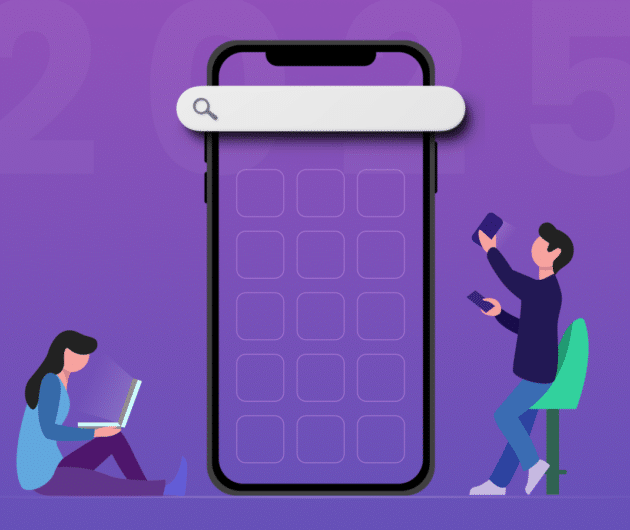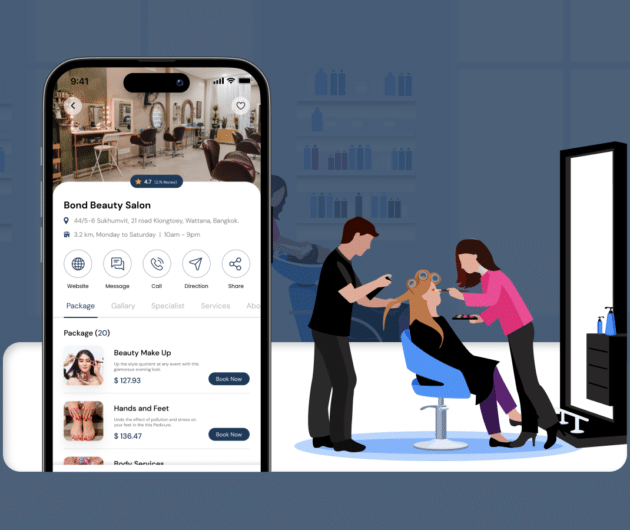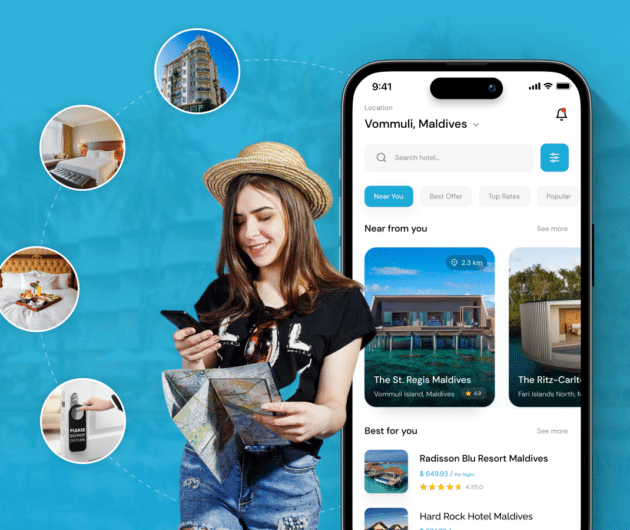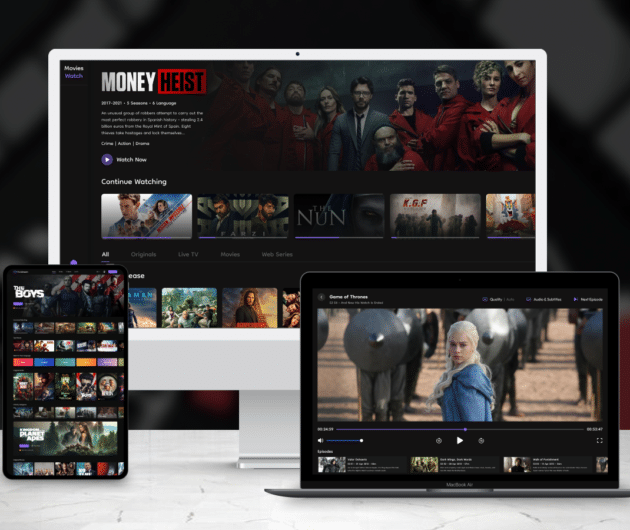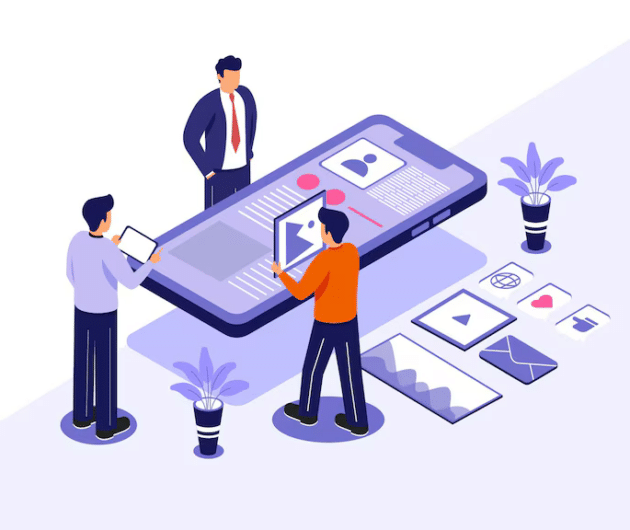The Pricing Strategy And Technology Behind Uber Clone App
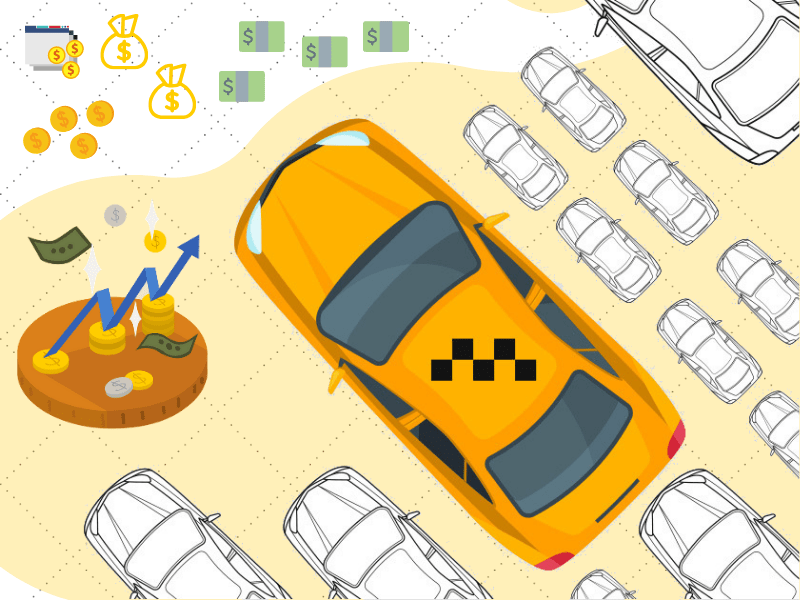
-
Ankit Patel
- November 30, 2018
- 4 min read
The on demand apps are everywhere. From the laundry to the humble electrician, they have made life easy for the people while bringing innovation in technology. Simplified tasks all with the press of a button, what more could a common man ask for? Isn’t that akin to bringing luxury to our lives?
The Effect of Uber in Technology and Everyday Lives:
The entrepreneurs are basking in the on-demand startup successes. What made these on-demand apps so cool or embracing? It all started with Uber, ‘the father of all on-demand apps’. The ride-hailing taxi app was a commercial hit across the globe and the phenomenon spread far and wide with its tentacles gripping not just the transportation sector but also other industries. With it, came the Uber clone apps that continued the revolution started by Uber.
How Uber works?
Uber connects passengers with drivers with the control in the centralized admin panel. The passenger and driver mobile apps have features that make it simple to carry out individual tasks. For entrepreneurs wanting to have their own taxi app, the technology, time and pricing may vary based on the features to be incorporated. Nevertheless, when you have a strong profitable market that is surely going to give you returns on investment, then it is worth going for the Uber like cab booking app development.
The technology that goes for uber clone app development:
As an investor into the taxi app development, you would want it to be different and more interesting than the original Uber app. Any unique feature that would distinguish it from your competitors would be an advantage. It is simple. The more features you want in your cab booking app development, the more time and more the money. If you are to keep it simple, probably, the taxi app development company may charge you less. But what the customers want will be the best services with more user interactions and built-in features so that they get the best user experience. Let us see what technologies go into an Uber clone app development:
1. Location and Routing Services
The GPS and routing form the core of the uber like taxi app development and it is this feature that is popular among the users. GPS services are used to locate the driver in the neighborhood, know the customer’s current position, and get the best route for the journey with real-time navigation. This routing is then used to calculate the fare.
– Technologies used to integrate the location services:
For iOS
• CoreLocation framework for region monitoring
• MapKit framework for best routes and directions
For Android
• Google Location Services API to locate the customer location
• Google Maps Android API to get the best routes, and navigation
2. Payment Integration
While Uber has received flak for its surge pricing, it is a point to be noted that scarcity is a useful tool for sales. The hotel bookings and the airfare charges all follow the surge pricing method. Uber estimates the fare based on cost/ minute, cost/ mile, base fare, and safe rides fare. The in-app payment gateway paved the way for the cashless transaction and pre-determined rate just before the start of the journey. The users could now get a pre-ride estimate to decide whether to take the ride or not.
– The in-app payments can be integrated into the uber clone app development through:
- Apple Pay
- Google Pay
- PayPal
- Stripe
- Braintree
- Paytm
3. Design and UI/UX:
Now comes the tricky part. The UI/UX design has to include all the features, but yet be simple and smooth so that all the information is conveyed rightly.
– Technologies used for backend programming are:
- Node.js
- Python
- Java
- PHP
- Ruby on Rails
- Database: MongoDB & PostgreSQL
4. User Profiles and Login Page:
To get a ride in Uber, the user has to first download the mobile app and create a profile. This is achieved by social media integration, email registration or mobile number registration. For the driver, there are additional and compulsory details to be filled like the car license, plate number, copy of driver’s license, photo, and photo of the vehicle and so on.
5. Push Notifications
Push notifications are used to convey about the customer’s pick up point, time of arrival of the vehicle, delay updates, fare receipt, ride details, new order for the driver, and others.
– Technologies used for push notifications:
- Apple Push Notifications
- Google Firebase
– Technologies used for sms notifications:
- Twilio
- Nexmo
- Tropo
- Plivo
What is the cost for uber clone app development?
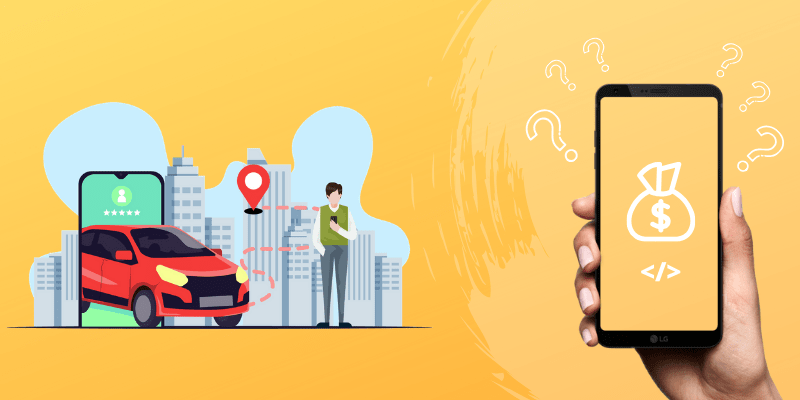
There cannot be a fixed price calculator for a uber like taxi app development. It is because, when the company provides customized solutions to the customers, the price also varies accordingly. So there is no definite number that you can set apart for the uber like taxi booking app development. Moreover, the final price depends on factors like:
1. Platforms on which you want to build this Uber clone app source code – Android, iOS, Web
2. If you need a completed product or an MVP (Minimum Viable Product- that which has basic features to satisfy the early adopters)
3. Features to be incorporated
4. Management and quality checks
5. Services to be provided by the company and after support
A simple MVP type app would cost something between the ranges $5,000-$30,000. But note that, a cheaper one would mean less of quality check and less customer support by your hired taxi app development company. The features would be the basic and it would not be such a great UI/UX interface for the passengers or the drivers. A more refined cab booking app can go as high as $100,000 and more. But it would have all the features to give the Uber a solid competition.
Conclusion:
While it is true that most of the entrepreneurs will find arranging the financial resources challenging, they can go for the basic model and then slowly incorporate more and more features as they become successful and gain more experience. After all, it is the feedback and the suggestions of the users that will give them an insight into the changes that are to be made so that the taxi app becomes a hit.
You may also like
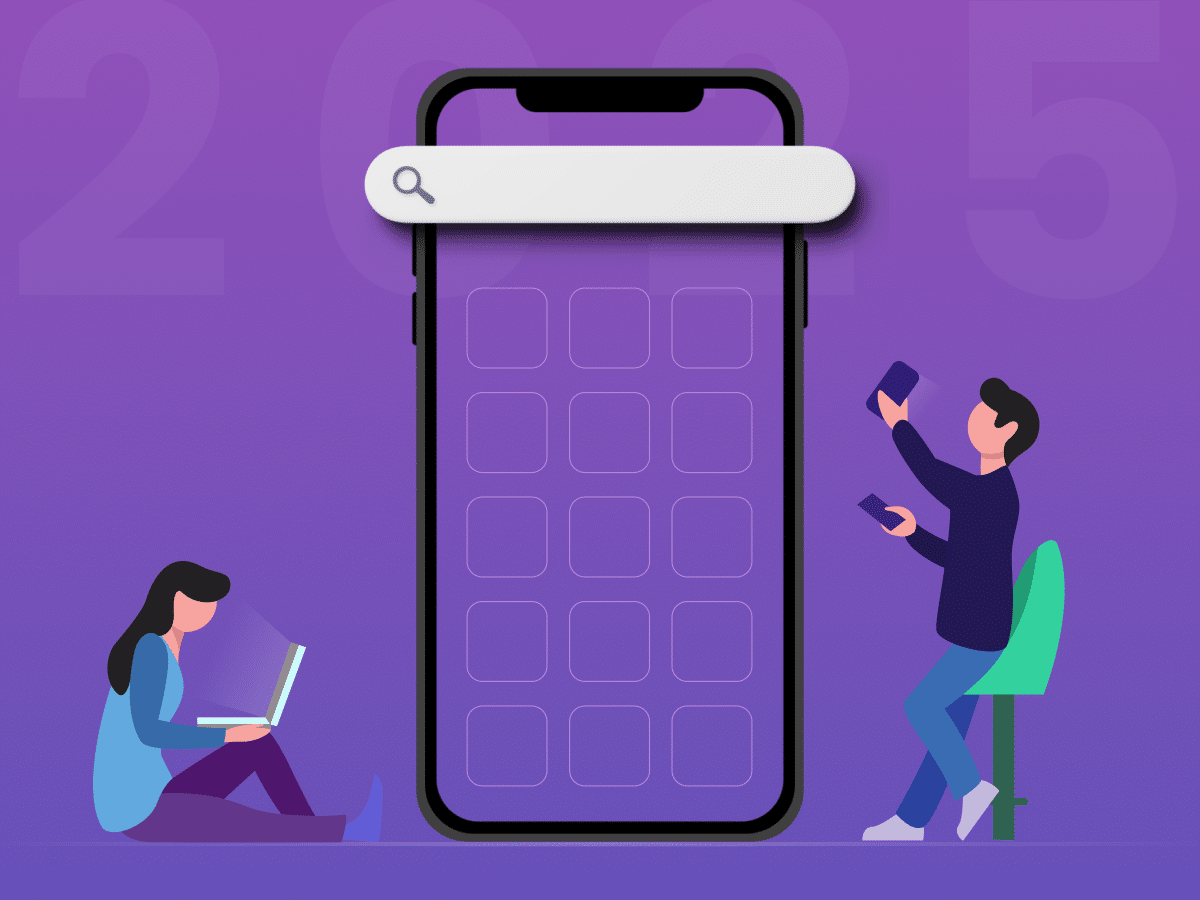
How to Choose the Right Mobile App Development Company
-
Ankit Patel
Imagine this: you’ve got a brilliant app idea that could revolutionize your business, take it to new heights, and transform your entire customer experience. But without the right team to… Read More
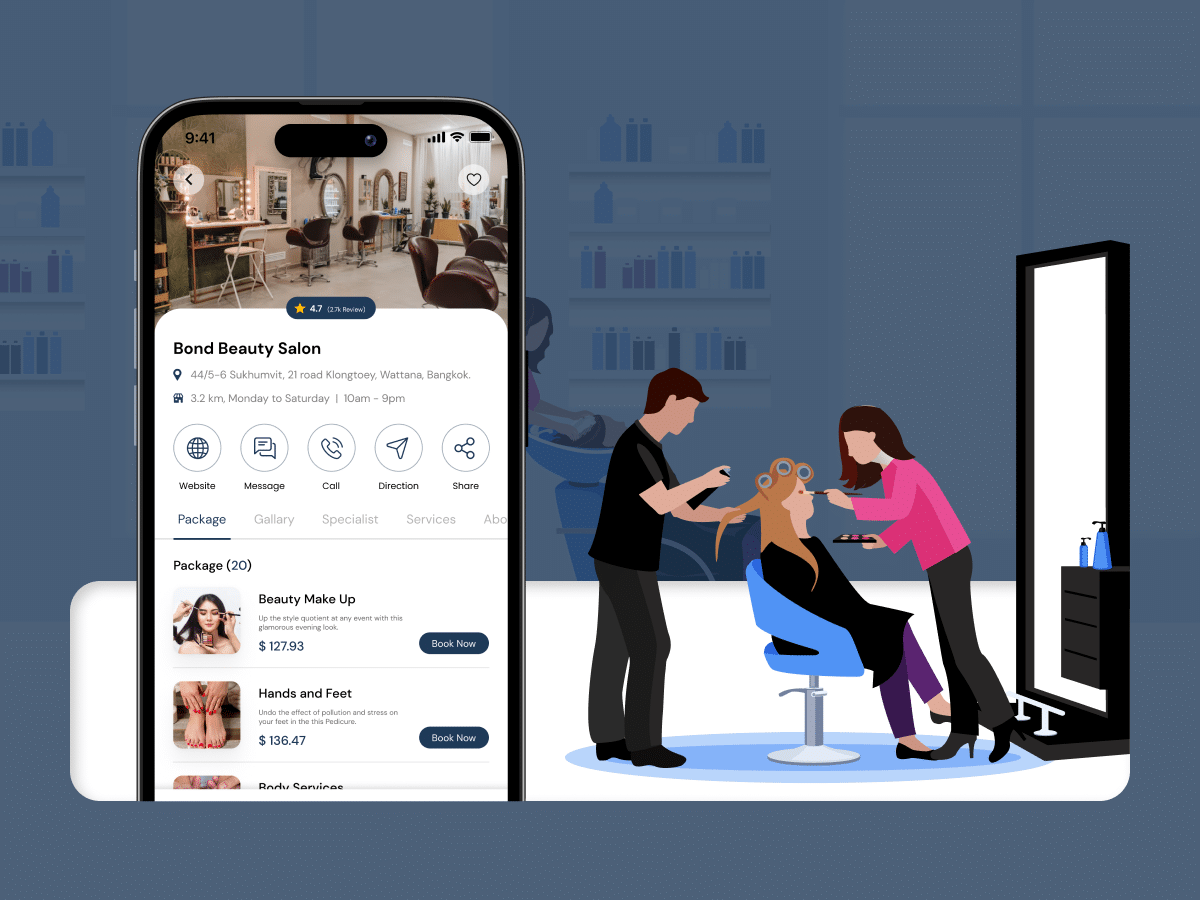
How Much Does it Cost to Build a Salon Booking App like Fresha?
-
Ankit Patel
We all have witnessed the buzz in the world of beauty & wellness, and it’s booming every day thanks to the fast-paced and stressful lifestyle. In an era where time… Read More
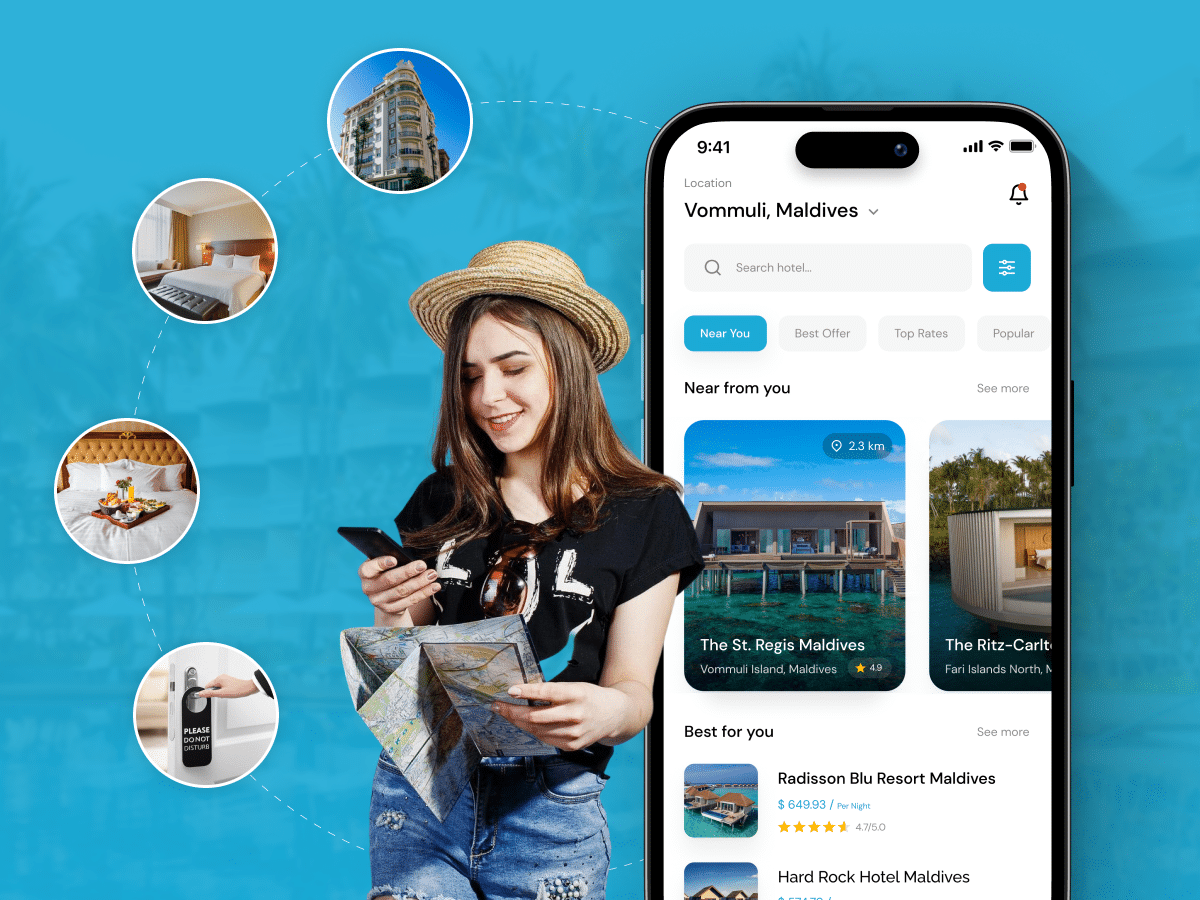
A Complete Guide to Hotel Booking App Development With Cost
-
Ankit Patel
Whether it’s a corporate business trip or a relaxing vacation with friends, finding the right hotel at the right time and a seamless hotel booking experience is not a luxury… Read More

